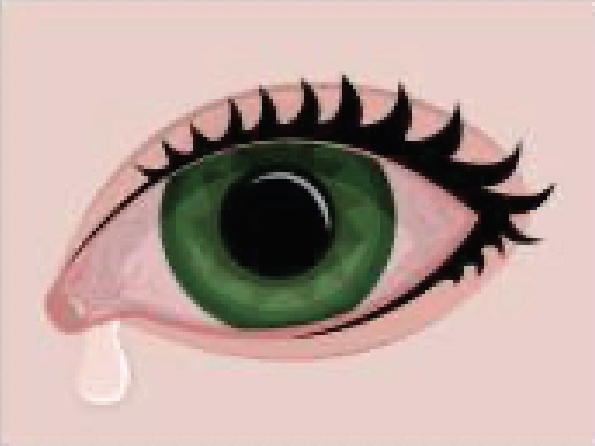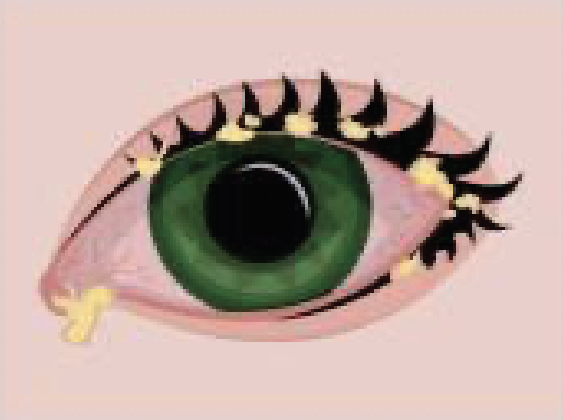half Helen Blog
We’ve all experienced it at some point. The burning, itching sensation of an eye infection. These conditions can range from the annoyance of irritated, watery eyes to highly contagious infections that are accompanied by swelling and sticky discharge.
Conjunctivitis, often called pink eye, happens when the conjunctiva (the mucous membrane that covers the front of the eye and lines the inside of the eyelids) is irritated by an infection or allergies. While these infections can spread like wildfire in a classroom or day care, it’s highly unlikely to cause any lasting damage. Especially if diagnosed and treated quickly.

Viral

Bacterial

Allergic
But what causes pink eye?
Viral Infections – These are the most common and oftentimes the most contagious. In many cases, they can start in one eye and then jump to the other after a day or two. Also, since this infection is caused by a virus, it is often accompanied by a swollen lymph node near the ear or under the jawbone.
Bacterial Infections – Bacterial infections usually infect one eye but can show up in both. These infections are often accompanied by a significant amount of discharge.
Allergic Reactions – Unlike the other two types, pink eye resulting from allergies is not contagious. These pink eye cases often produce tearing, itching, and redness in both eyes. You might also have an itchy, runny nose.
What are the symptoms of pink eye?
Pink eye symptoms depend on the cause of the inflammation, but often include one or more of the following:
- Redness in the white of the eye or inner eyelid
- Swollen conjunctiva
- More tears than usual
- Thick yellow discharge that crusts over the eyelashes. It can make the eyelids stick shut during sleep.
- Green or white discharge from the eye
- Itchy eyes
- Burning eyes
- Blurred vision
- More sensitive to light
- Swollen lymph nodes
Pink Eye Treatment
Treatment for pink eye depends entirely on the underlying cause of the irritation. Viral conjunctivitis has no specific treatment other than your body’s immune system. In most cases, these cases clear up within a week or two, but it is important to visit an eye care professional to confirm that there isn’t anything else causing the irritation. Placing a cool, wet washcloth on your eyes can help make them feel more comfortable while you wait for the infection to clear.
If your pink eye is caused by a bacterial infection, your optometrist or ophthalmologist may prescribe antibiotic eye drops. Antibiotics only treat bacterial infections and cannot be used to treat an infection caused by a virus or by allergies.
For pink eye that is a result of allergies, you might be prescribed eye drops or allergy medications to help with the itchiness and puffiness. Often, over the counter medications can also provide relief.
How to stop pink eye from spreading?
Some strains of pink eye can be highly contagious, and it is important to maintain good hygiene to minimize its spread to people around you. Use a clean towel or tissue each time you wipe your face and eyes. Wash your hands often, especially if you touch your eyes. Also, bacteria can live in makeup. Do not use eye makeup while your eyes are infected and replace your makeup if you have an eye infection.
For more information about pink eye and treatments, visit these websites:
https://www.webmd.com/eye-health/eye-health-conjunctivitis#1
https://www.aao.org/eye-health/diseases/pink-eye-conjunctivitis
